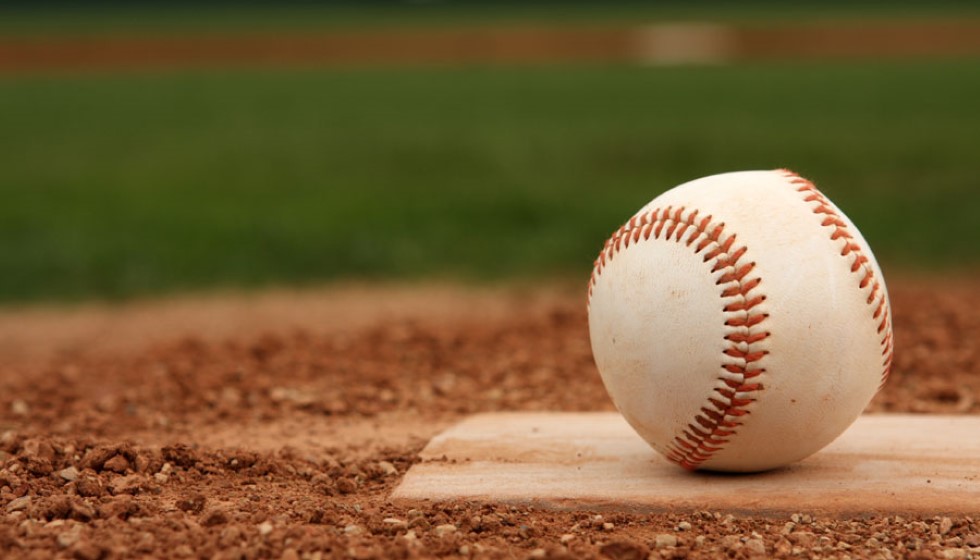
In a league where high-velocity pitches and jaw-dropping spin rates have become the norm, Major League Baseball's (MLB) pitchers are increasingly finding themselves on the injured list, raising crucial questions about the sustainability of current pitching practices and the overall health of the sport. Notable pitchers such as Eury Pérez, Shane Bieber, Jonathan Loáisiga, and Spencer Strider have recently found themselves sidelined due to injuries, signaling a worrying trend that seems to be affecting pitchers at an alarming rate.
Framber Valdez, another prominent figure in the mound, was recently scratched from a scheduled start because of elbow soreness, a common precursor to more serious injuries. Shockingly, statistical data reveals that 34.2% of MLB pitchers have undergone Tommy John surgery, a procedure that replaces a damaged elbow ligament with a tendon from elsewhere in the body. This staggering percentage highlights the physical toll that professional pitching takes on athletes.
Pitchers at Risk
At the onset of the season, an astonishing 80% of the players on the injured list were pitchers. This disproportionate figure underlines the significant risks pitchers face, arguably more than players in any other position. Innovations meant to enhance the game, such as the implementation of a pitch clock, while intended to improve pace of play, may inadvertently place additional strain on pitchers, compounding the problem.
The relentless pursuit of increased pitching velocity and enhanced spin rates, while awe-inspiring to fans, places unprecedented stress on pitchers' arms. Recent regulations, including the crackdown on the use of foreign substances to enhance grip, have led to an uptick in injuries. Pitchers assert that these substances not only help control the ball but also reduce the physical strain on their arms, suggesting that the ban could be counterproductive in terms of player health.
A Growing Concern
Another contributing factor to the rising tide of injuries among pitchers is the trend of early specialization in youth baseball. Young athletes focusing exclusively on pitching from an early age face early wear and tear, compromising their long-term health and potentially shortening their professional careers.
Concerns are mounting about the health impacts of reduced recovery time between games. With the league yet to acknowledge or thoroughly study the effects of such profound changes on the game and its players, anxiety within the baseball community is palpable.
Players and commentators alike are ringing alarm bells about the current state of affairs. The voices from the mound are clear: the league’s current direction threatens the very fabric of America's pastime, prioritizing spectacle over the well-being of its most valuable asset—the players.
The Voices of the Game
Amidst these challenges, players have been vocal about their concerns. "Our concerns about the health impacts of reduced recovery time have only intensified," one player remarks, encapsulating the growing unease among athletes about the relentless demands of professional baseball.
Another player criticizes the MLB for its approach to game alterations, stating, "The league's unwillingness thus far to acknowledge or study the effects of these profound changes is an unprecedented threat to our game and its most valuable asset -- the players." This sentiment echoes a growing frustration among players, who feel their health and career longevity are being jeopardized by the league's policies.
Perhaps most tellingly, the ban on foreign substances has become a particular point of contention. "I truly believe 100% that's why I got hurt. I'm frustrated MLB doesn't understand. You can't just tell us to use nothing. It's crazy," another pitcher laments. This frustration underscores the disconnect between athletes on the field and the decision-makers off it, with regulations seemingly at odds with the physical realities of pitching at the highest level.
Looking Forward
As MLB continues to evolve, with changes aimed at enhancing engagement and reducing game duration, it faces a crossroads. Balancing the spectacle of the game with the health and well-being of its players will be crucial. Pitchers’ injuries and the factors contributing to them are complex and multifaceted, warranting a comprehensive and holistic examination by the league.
Without significant adjustments to current practices and policies, the sustainability of pitching careers and, by extension, the integrity of the game itself are at risk. It's time for MLB to step up to the plate, not just for the sake of its pitchers but for the future of baseball.